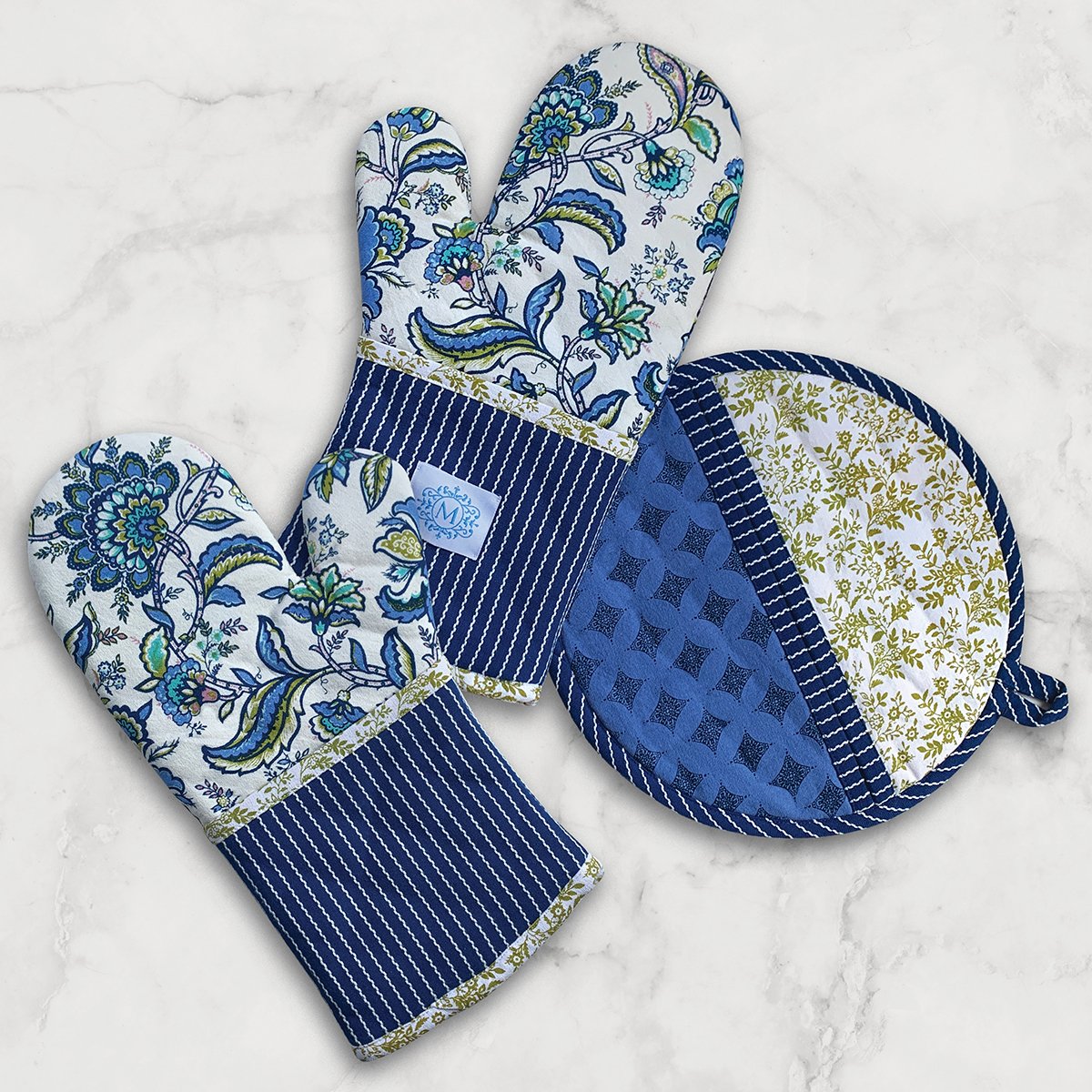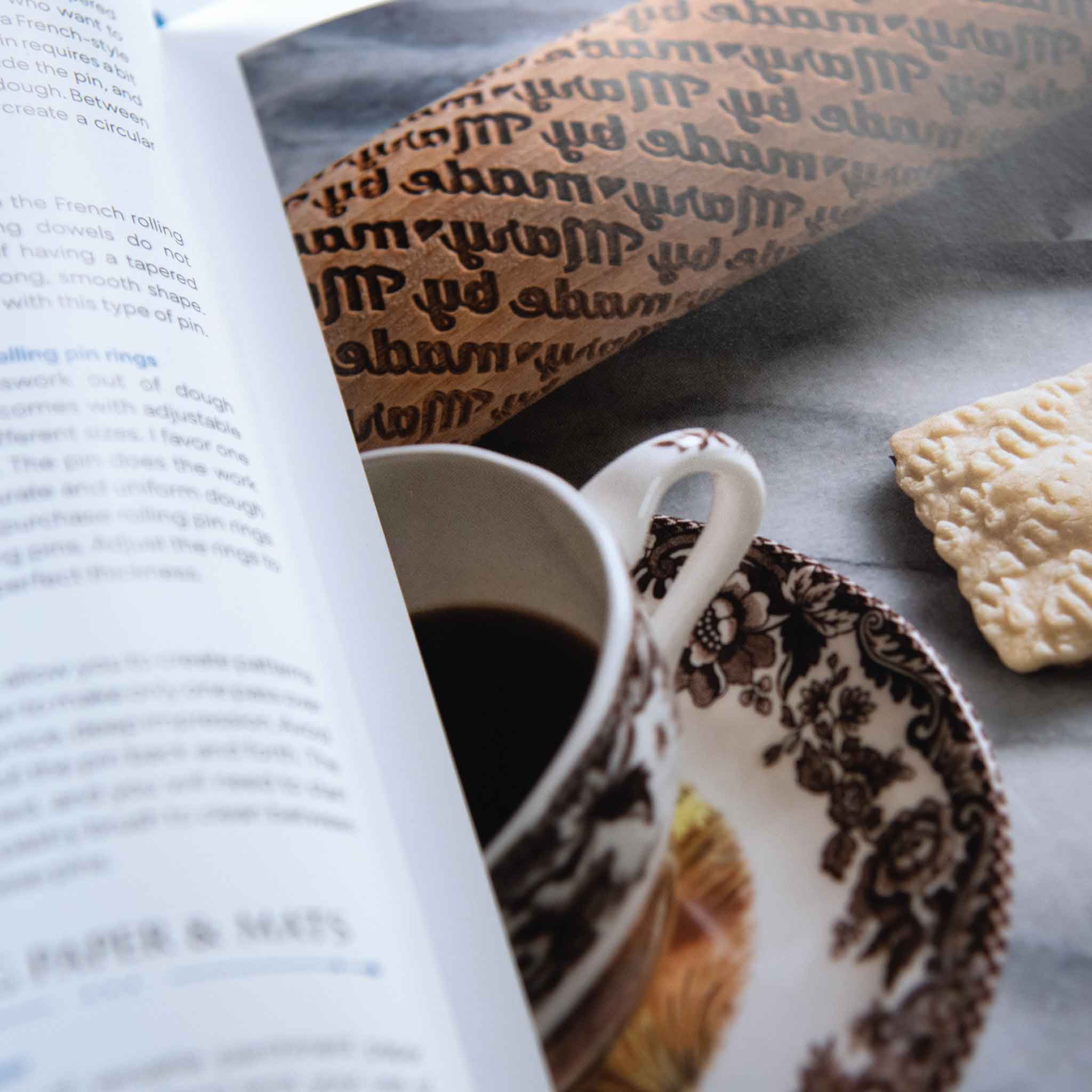Summer is fading away and apple season is just about to begin—some of the earlier varieties actually start to ripen by the end of August! Going to the local orchards and picking apples is one of my favorite fall pastimes, and there’s just nothing better than fresh-picked seasonal fruit, besides maybe baking with it!
Lots of my recipes include apples, so I decided to put together my ultimate apple guide, where I’ll teach you how to pick apples, how to store apples short and long-term, and which apples are the best for baking pies, pastries, and more. Get ready for a deep dive!
Let’s begin with a brief history of apples in the United States.
Apples are not native to North America. So where are apples originally from? Apples are originally from central Europe, east of the Caspian Sea. Europeans first brought apples to North America in the sixteenth century, and they’ve been enjoyed here ever since.
In the United States, there used to be over 15,000 heirloom apple varieties, but after the Industrial Revolution, most of them disappeared in favor of the varieties we know today: Red Delicious, Braeburn, Granny Smith, and so on. No matter which of today’s varieties is your favorite, read on to learn how to pick the best of the bunch.
Now, let me give you some basic apple-picking tips.
When you’re making a recipe like my Stuffed Apple Dumpling in Pastry recipe, choosing the best apple you can is important. In fact, whether you are baking with it or you’re just hungry for a snack, you’ll want to look for the same things in an apple:
- Make sure the apple is firm, crisp to the touch, and free of blemishes and bruises.
- Look for apples that still have the stem intact. You may not think the stem is important, but if that stem is gone, the apple will go bad faster—really! If you’re picking apples at the orchard, gently twist them off the branch: Don’t yank down and risk damaging the stem.
- Smell it: A fresh, ripe apple will have a pleasant, apple-y aroma. Some varieties have more of a fragrance than others, but most importantly, it should never smell bad.
- Look at the color of the apple: Apples that are more vibrant in color have seen tons of sunlight, which means they are going to be delicious, especially for snacking. Some apples have more than one color on their peel, though—so don’t rely on this one alone.
- Wondering how to tell if an apple is bad? Apples that have bruises, wrinkly peels, soft or mushy spots, liquid oozing out, a bland flavor, or a grainy texture should probably not be eaten.
Pro tip for picking apples at the orchard: - Apples on the outside of the tree ripen first!
How to Store Apples: Short and Long-Term
Apples can be kept for several weeks and up to a month if stored at the proper temperature. Some varieties can keep even longer—and before the 20th century, many people probably kept their harvest all through the winter. The optimal storage temperature for apples is around 38 degrees. I recommend keeping them in your refrigerator’s crisper compartment in zip-lock bags with a few holes punched in them to help circulate air.
When it comes to storing apples, keep an eye out for blemishes and puncture marks!
If any of your apples have blemishes or puncture marks, remove them from the other apples, because one bad apple really does spoil the whole bunch. The gas expelled from apples causes any exposed apple flesh to spoil quickly. Store apples alone, not with other vegetables. The gas will also affect the shelf life of neighboring fruits and vegetables stored in the same bin.
What are the best apples for long-term storage?
The best apple varieties for long-term storage are Fuji, Granny Smith, Red Delicious, and Gala, Honeycrisp, and Macintosh—these varieties have thicker skin and last longer naturally. Cosmic Crisp apples are relatively new to the market, but they are a delicious and hardy variety that is also great for long-term storage.
How to Peel an Apple, and How to Store Cut Apples
The easiest way to peel an apple is to use a peeler. You can use a paring knife if you prefer. Remove a ring of peel from the top and bottom of the apple, then remove the middle section a row at a time, peeling from top to bottom. Gently turn the apple as you go, being careful not to damage it.
Peeled or cut apples can be stored for a couple of days in the refrigerator—just put them in a bowl of water with a splash of lemon juice to keep them from oxidizing and turning brown.
Which apples are the best for baking? It depends!
Best Apples for Baking and Cooking
The best apples for baking are a little bit tart and always crisp. Try McIntosh, Braeburn, Granny Smith, Cortland, Northern Spy, Golden Delicious, Honeycrisp, Pink Lady, Winesap, Rome, or Jonagold.
Best Apples for Baking Pies
Do NOT use Red Delicious, Gala, or Fuji apples in your pie… they will turn to mush! Instead, try one of the varieties above, or a medley of a few you like.
Best Apples for Making Applesauce
Depending on the flavor you like, you can try lots of different apples in your homemade apple sauce. For a less-sweet applesauce (which is what I personally prefer), try Braeburn, Macoun, Ida Red, Rome, McIntosh, or Pink Lady apples. If you like it on the sweeter side, try Honeycrisp, Golden Delicious, Crispin, Fuji, Gala, or Red Delicious apples.
Best Apples for Cider
Pretty much any of the common market varieties of apples listed above will make great snacks and cider. It all depends on what kind of flavor and texture you personally like!
Best Apples for Eating or Snacking
Most people prefer sweeter varieties like Red Delicious and Honeycrisp for snacks. If you’re not sure what you like the most, just pick out a few different varieties and try them all. I also highly recommend checking out your local farmers market and seeing if you can find any special, regional apple varieties—wouldn’t that be a treat!
Feeling inspired? Try some of my favorite apple recipes!
Now that you have all this knowledge about apples, it’s time to put it to the test! Try some of my favorite apple recipes this fall—here they are. Enjoy











































































